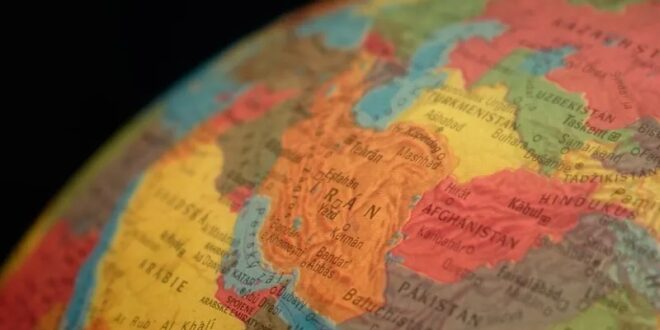At its most recent meeting in Tajikistan this September, the Shanghai Cooperation Organisation (SCO) started a formal process to grant Iran full membership. This will be the second time the organisation expands after accepting India and Pakistan in 2017 — now extending its reach from Central and South Asia to the greater Middle East.
Iran’s inclusion in the SCO has important implications for what is largely a Central Asian organisation, even if Iran is the main beneficiary. At a time of international isolation, Tehran hopes that its membership will open up opportunities to expand political, economic and cultural ties with countries across the region. With two SCO members on the United Nations Security Council, Iran hopes it will get a more sympathetic hearing on issues such as sanctions relief.
Still, the significance of Iranian membership is, at least for now, more symbolic than substantive. What Iran brings to the SCO really depends on the organisation’s goals, structure and capacities.
The SCO was established in 2001 with limited albeit critical goals for its members — to combat the so-called ‘three evils’ of extremism, terrorism and separatism. At the time these posed serious threats to China, Russia and the Central Asian republics. The organisation has since expanded its mandate to include modest economic cooperation and energy development, but most importantly the preservation of member states’ political systems and advocacy for a new type of international relations that is largely read as opposition to US hegemony and unilateralism.
Beijing has in the past two decades greatly extended its reach and influence throughout Central Asia, maritime South Asia, and increasingly the Middle East. The SCO has helped China secure important energy supplies through Eurasia, while the Belt and Road Initiative has expanded China’s geoeconomic and geopolitical agendas, directly challenging the US position in the region.
The SCO is now a symbolically institutionalised organisation with annual high-level meetings. But its substantive structure remains mediocre to non-existent — as are its agendas, which tend to be rather diverse and unfocussed, with differences between member states impeding its transformation into a truly consequential organisation.
Perhaps that was the intent of the founding members. The symbolic state of the SCO means they are yet to cede any sovereignty beyond coordinating efforts to fight the ‘three evils’. Apart from the skeleton secretariat, the only other concrete entity under the SCO is the RATS — the Regional Anti-Terrorist Structure. The biannual joint anti-terrorism exercises, which typically feature Russian and increasingly Chinese participants, are the most high-profile activity of the organisation.
Given its interest in self-preservation, modest economic objectives and limited state capacity, Iran’s membership will hardly add to the SCO’s strength. Embracing a major player in the Middle East mainly symbolises the organisation’s geographic reach and continued relevance as an advocate of principles such as common development and cooperative security.
It remains to be seen whether the organisation will redefine its agenda to play a more prominent role in the future security and economic issues that connect South Asia, Central Asia and the Middle East — three regions of geopolitical and geoeconomic importance. These include energy development, the stability of Afghanistan, and infrastructural connectivity linking Eurasia, South Asia and the Middle East.
Although its membership boasts 40 per cent of the world’s population and 20 per cent of its GDP, the SCO is only as strong and proactive as its core members, Russia, China, and to some extent, India, want it to be. Translating the organisation’s potential into concrete policy and deeper collaboration depends on the extent to which domestic and member state interests converge, as well as external pressures and opportunities.
The SCO’s ability to actively build a regional economic and security architecture will probably remain limited, selective and gradual. Indeed, the prospect of the SCO consolidating into a NATO or Quad-like organisation remains distant if not impossible — an outcome likely affected by the evolution of future US–Russia and US–China relations. This is understandable given the diversity of Central Asia, South Asia and the Middle East, as well as the significant resources needed to tackle regional issues.
A potentially big role for the SCO will be in contributing to the post-conflict stability of Afghanistan, during which the SCO–Afghanistan Contact Group, established in 2005, might play a more active role. China is seeking commitments from the Taliban government on disallowing Uyghur separatist groups, such as the East Turkestan Islamic Movement, from using Afghanistan as a base from which to destabilise Xinjiang province.
While Iran’s full membership in the SCO presents an opportunity for the organisation, the broader geopolitical reality suggests there may be potential cost for its current membership. Indeed, the SCO has no influence over whether Iran can get the much-needed economic benefits of sanctions relief to reboot its oil exports. This will be determined by Tehran’s compliance with the Joint Comprehensive Plan of Action, whether the United States returns to the agreement, and the extent to which Washington lifts third-party sanctions.
Against this complicated geopolitical background, do no harm — rather than ‘do more’ — perhaps best captures what the SCO is likely to pursue after its latest round of expansion.
 Eurasia Press & News
Eurasia Press & News



